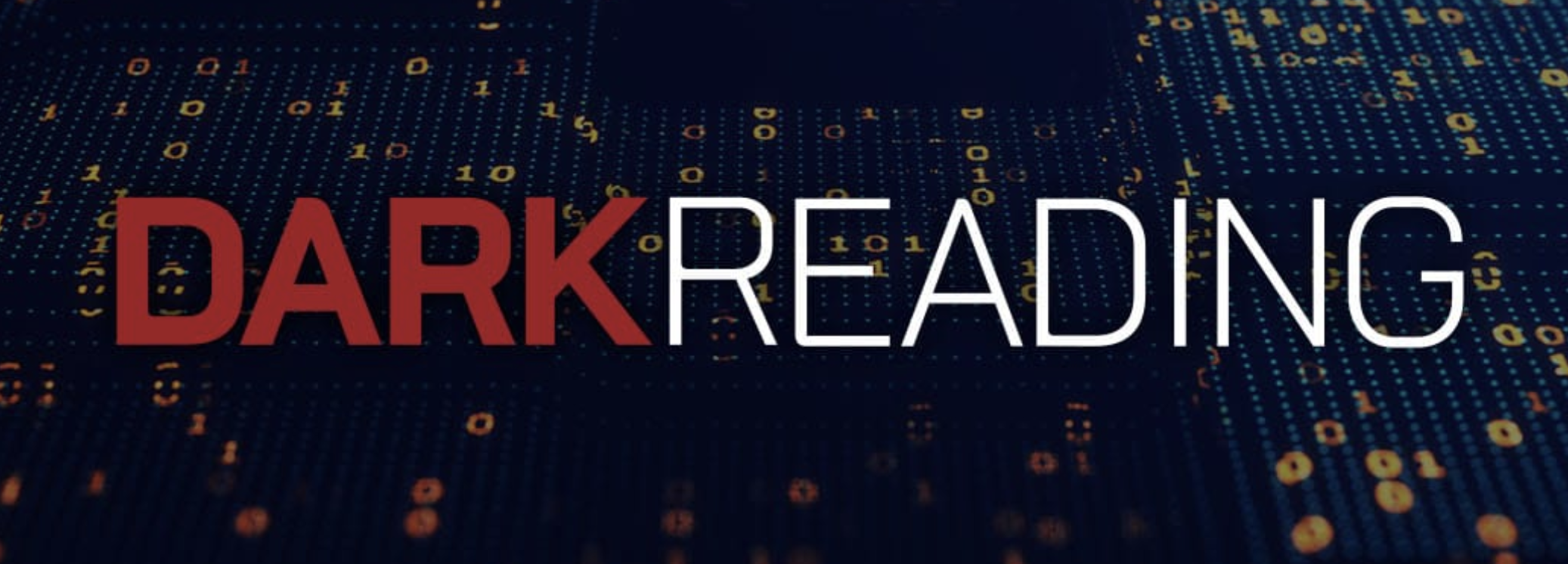
- 15 February, 2022
Knowledge Graph Standards in Ambient Computing
By Jans Aasman, CEO
Ambient computing is a broad term that describes an environment of smart devices, data, AI decisions, and human activity that enables computer actions alongside everyday life, without the need for direct human commands or intervention. Ambient computing represents an unparalleled opportunity to enhance almost every sphere of society – from the professional to the personal. And in my opinion, it is also the ultimate use case for which semantic knowledge graphs were created.
![]() With knowledge graph standards, ambient computing is no longer a mere ideal or science fiction fantasy on television or in books. It’s a real computational model involving Internet of Things (IoT) endpoints, AI analytics, machine reasoning, orchestration, and low latent event processing at the edge to anticipate users’ desires and perform timely action – without explicit commands.
With knowledge graph standards, ambient computing is no longer a mere ideal or science fiction fantasy on television or in books. It’s a real computational model involving Internet of Things (IoT) endpoints, AI analytics, machine reasoning, orchestration, and low latent event processing at the edge to anticipate users’ desires and perform timely action – without explicit commands.
For example, a motion detector might identify a homeowner’s return from work at night, open the garage accordingly, and trigger a thermostat to increase the air conditioning to a desired temperature while smart gadgets in the kitchen begin preheating the oven for dinner.
Each of these actions happens without someone deliberately engaging with these disparate systems. One’s interactions with his or her environment dictate which events occur, relegating the computational process to the background to benefit humans.
Different vendors currently have varying degrees of ambient computing in place. Amazon has several household devices that interact with Alexa, for example. Still, the larger vision of ambient computing can’t be restricted to one vendor and must include timely data exchanges between vendors, products, and operating systems.
Doing so requires systemic interoperability, the likes of which the universal standards powering semantic graph technology have provided for years. This smart data approach is integral to the mainstream adoption of ambient computing, which is impending.
Read the full article at Dataversity.







